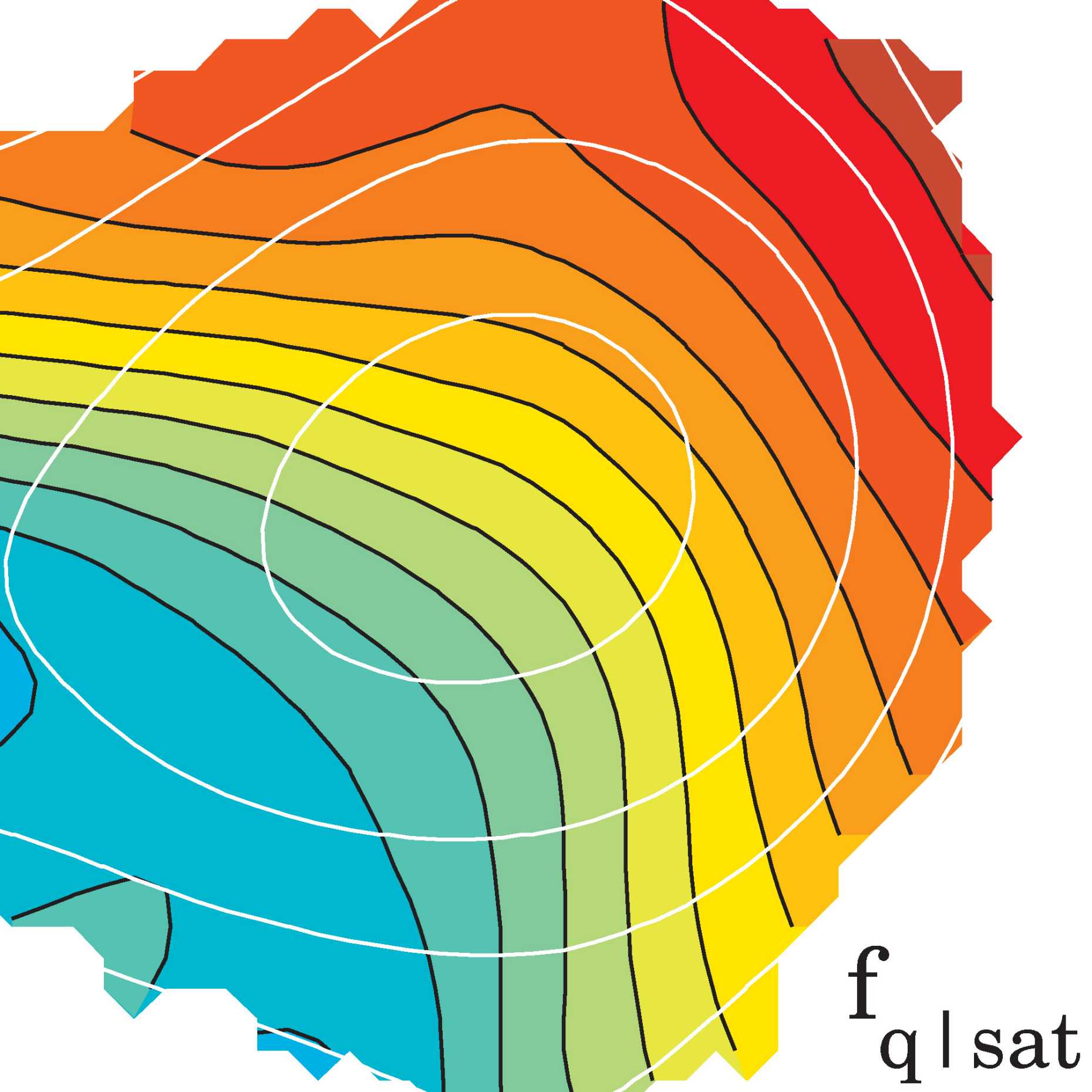New Approaches to Galaxy Evolution
We seek to chart how galaxies have evolved over cosmic time, and to identify and understand those physical processes that have shaped their properties in different environments and at different epochs.
It has been known for about 30 years that the properties of galaxies slowly evolve over cosmic time. This is not surprising: galaxies are the result of small density fluctuations that were produced in the earliest moments of the Big Bang. These tiny fluctuations grow under the influence of gravity and recognisable galaxies were already present in the Universe as early as a few hundred million years after the Big Bang. The subsequent growth and evolution of these systems will reflect the action of many different physical processes acting on a wide variety of physical scales.
The evolution of the baryonic component of galaxies (i.e. their stars, gas and dust) is very closely linked to the development of the dark matetr haloes in which they reside and the traditional theoretical approach to modelling this evolution is to start with the relatively straightforward behaviour of these dark matter haloes and then add on how we think the baryonic component should evolve, including a myriad of physical processes involving the heating and cooling of the gas and the formation of new stars. Increasingly sophisticated modes are able to successfully reproduce many of the observed features of the evolving galaxy population although the uniqueness of this 'forwards" ab initio modelling is often unclear.
The focus of our observational research program has been, firstly, to improve the precision with which the properties of the evolving galaxy popuation are known. of particular importance has bee the zCOSMOS project. This was a major redshift survey using 600 hours on the ESO VLT which obtained redshifts of approximately 30,000 galaxies in the COSMOS field, in the redshift range 0.1 < z < 3.5. It was carried out in collaboration with a large team of European Astronomers 2007-2014. The project was sdesigned to characterize the environments of galaxies in the distant Universe, from the 100kpc scale of the immediate group environment to the 100 Mpc scale of the cosmic web. The wider environment of a galaxy is expected to influence its evolution in many different ways.
The second phase of the research is to develop new approaches to modelling this evolution. In particular, the quality and quantity of the observational data is now so good that it is possible to do "backwards" modelling. This involves identifying the underlying simplicities of the galaxy population, today and at earlier times, and to use these to identify the phenomenological characteristics of the dominant physical processes involved. By reducing the population to a few simple observational facts, we can derive the implications and consequences of these using simple analytic arguments based on basic continuity arguments. This approach enables us to idetify the dominant characteristics of the processes involved which any more physically based descriptions must satisfy. One other advantage of our analytic techniques is that we can identify deeper linkages between different aspects of the problem that may remain hidden in more complex ab initio modelling approaches.
This approach has been successfully applied to the processes that cause some galaxies to cease star-formation (so-called "quenching"), to the processes that are linked to the immediate environment of galaxies, to the processes that control star-formation within normal galaxies, and to those associated with the super-active nuclei of some galaxies.
